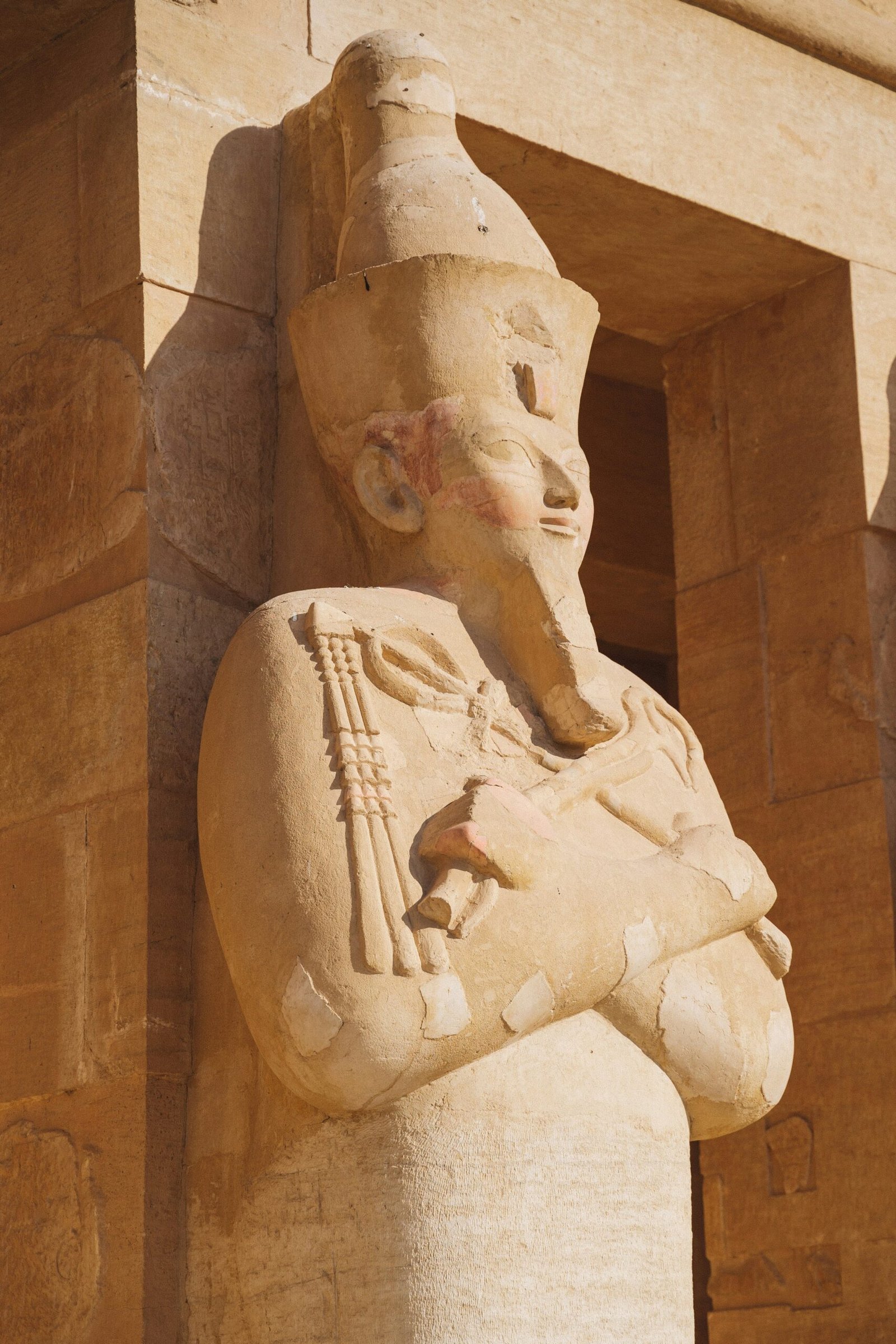The Scepter of the Egyptian Pharaoh Tutankhamun
The Scepter of the Egyptian Pharaoh Tutankhamun is a remarkable artifact that was discovered in the tomb of the young pharaoh. This exquisite piece, along with other treasures such as his famous gold mask, offers a glimpse into the opulence and mystique of ancient Egyptian royalty.
As one of the most well-known pharaohs of ancient Egypt, Tutankhamun ascended to the throne at a young age and ruled for a brief but significant period. His tomb, discovered by Howard Carter in 1922, contained a wealth of treasures that were meant to accompany him in the afterlife.
The scepter, a symbol of power and authority, was an essential item in the burial chamber of Tutankhamun. Made of precious materials such as gold and adorned with intricate carvings, it exemplifies the craftsmanship and artistic mastery of the ancient Egyptians.
Alongside the scepter, Tutankhamun’s gold mask has become an iconic representation of the pharaoh’s grandeur. The mask, crafted with meticulous attention to detail, features precious gemstones and intricate patterns, showcasing the wealth and status of the young ruler.
The discovery of Tutankhamun’s tomb and its treasures provided valuable insights into ancient Egyptian culture and civilization. These artifacts not only captivate us with their beauty but also offer a glimpse into the religious beliefs and rituals of the time.
The Scepter of the Egyptian Pharaoh Tutankhamun serves as a testament to the enduring legacy of ancient Egypt and its fascination with the afterlife. It stands as a reminder of the power and mystique that surrounded the pharaohs, leaving us in awe of their opulent and enigmatic world.

